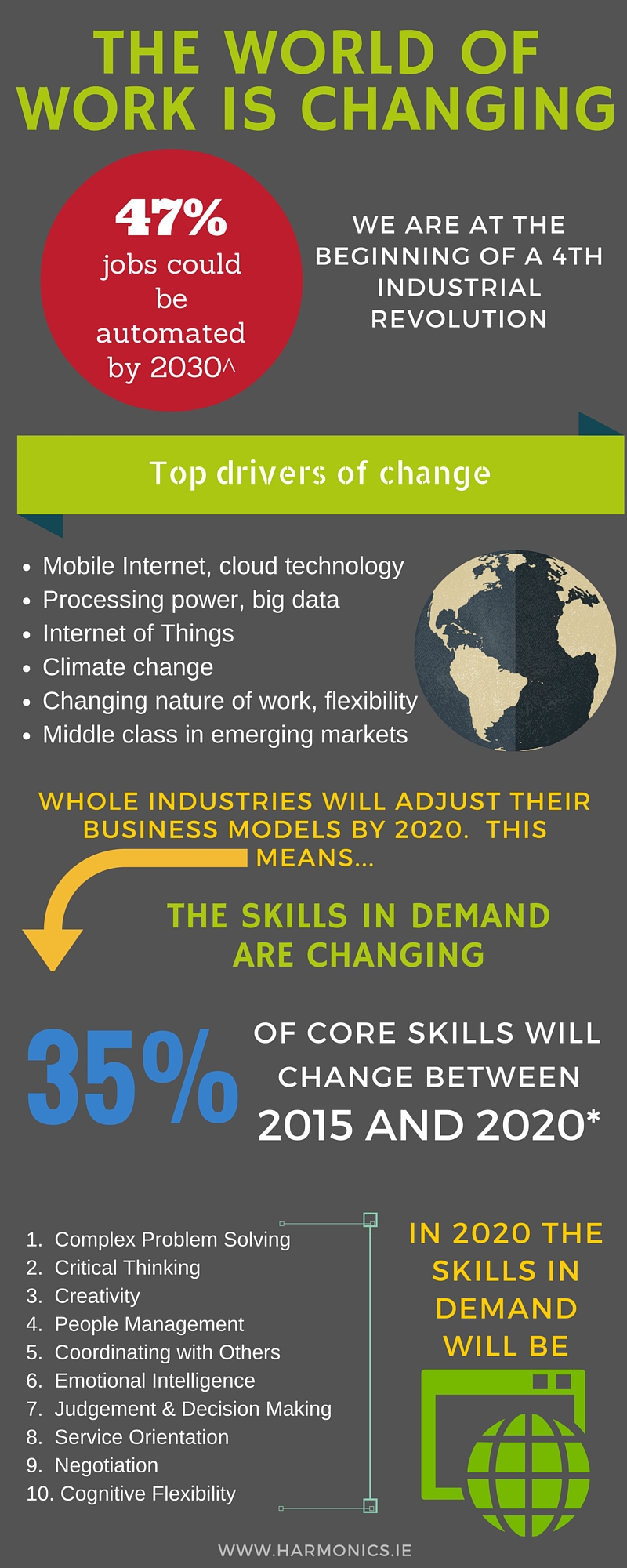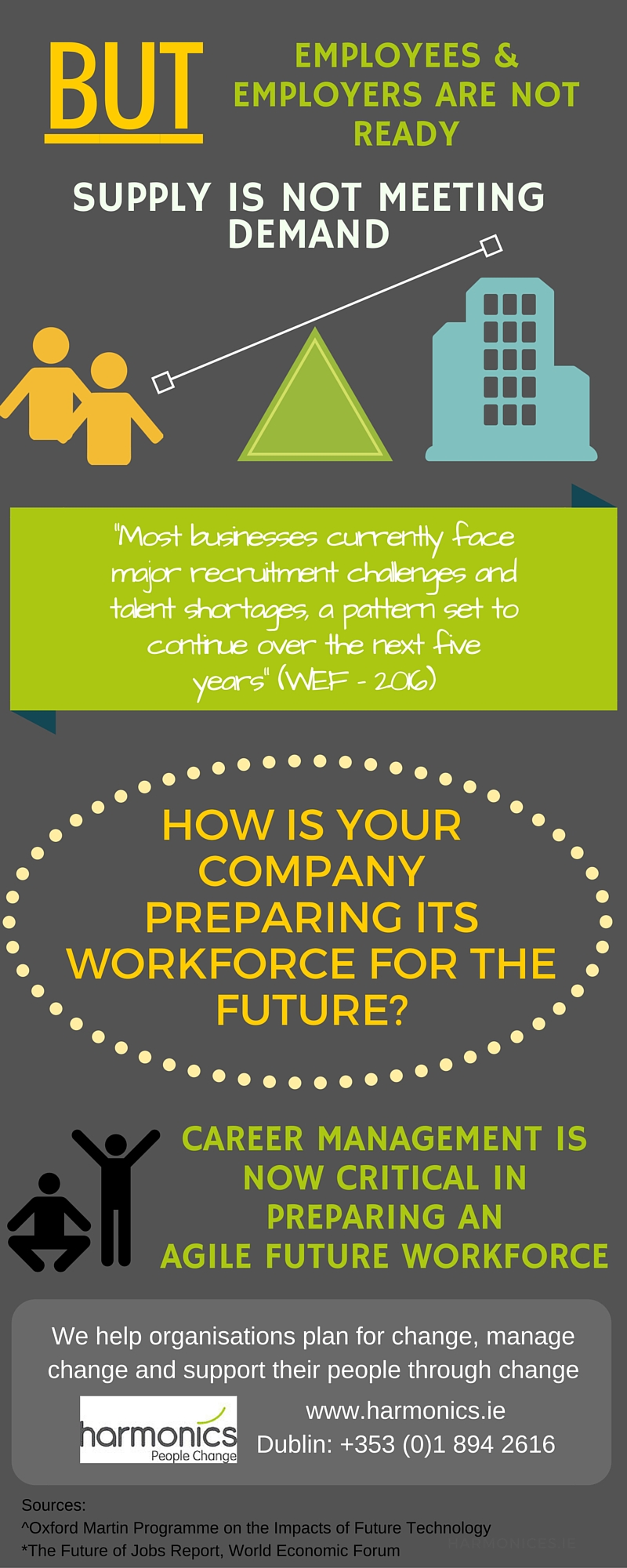In an executive career coaching session recently, a coachee spoke about their conscious decision to opt out of the global career merry go round.
I’m not mobile
He was on the leadership team of a global multinational and had communicated his succession planning message to the Global Corporate HQ. The message was clear and to the point: “I’m not mobile”. He has of course impacted his future career progression within the global corporate structure. “I’m not mobile” is typically associated with someone who has strong family ties in the area and doesn’t want to uproot school going kids to travel the globe.
When I questioned him further on his stance, there was much more to it. He said, “I’m not mobile because I don’t buy it.”
Blind career ambition
The reason he didn’t buy it was because he didn’t see a long term win-win for the personal sacrifices associated with upward only career progression. He had seen high fliers pass him out on the way up with less talent but with more blind career ambition. This led them into a blind alley because in many cases they reached a level within the corporate structure where there is nowhere else for them to go. They ran out of road. Typically in their early fifties, they then receive a tap on the shoulder to say their time is up. A hush-hush compromise agreement is reached and they get a lump sum settlement to ease their exit.
They have raced to the top with no long term career vision about what will happen when they get there. Their career plan has been tunnel visioned to get the next level job with more responsibility, challenge, authority, status and pay. The work hard, play hard mentality ensures they over deliver on their performance goals. Each time we reach a goal, we receive a dopamine hit that makes us feel good about ourselves. Achieving double digit growth, X% corporate savings all serve to justify our self-worth. Seeking dopamine hits becomes the drug of work; another project knocked out ahead of time or under budget becomes our raison d’etre, our meaning from work.
Blind faith
I have coached many of these Senior Executives when they are eased out of the corporate world and they hit a wall because of their blind faith that the company would see them as somewhat different. I recently asked an Executive attending our 50 Plus Career Stocktake Coaching Programme to name three people over 55 in his organisation and he couldn’t! “Well, why would you be any different?” I asked him.
We spoke about why individuals need to create their own personal career plan and not depend on the organisation to always look after them. He was shocked and angered with himself for being so naive and is now working on a twin track career plan. He is creating his career platform for next stage career success before becoming a victim to the corporate way of doing things.
The truth revealed
When you work for a large corporate, it is imperative you know the rules of engagement and you won’t get hurt. It’s a partnership approach but it’s not a marriage for life. It’s a marriage of convenience where you do a great job for them and in turn you build your employability and marketability for the longer term. They should offer you opportunities by providing challenging assignments to grow your career. If they don’t offer them, you should seek them out. This is what my coachee did; he sought new site projects to become involved in and built a breadth of experience. This made him the go to person to be associated with any new capital investment projects on site.
New Psychological Contract
He understood the new psychological contract. He knew he wasn’t special, but while he added value to the site, he was still a person of value to the corporate. Up is not the only way, in fact it can sometimes be detrimental to your long term career aspirations. But this new psychological contract is not on the radar of Executives and Managers who are 50 Plus and I believe more government led programmes should be introduced. We have an ageing population and with the increasing race for new talent, it is such a shame that older talent are being eased out the door.
Opening minds rather than chequebooks
The 50 Plus age group have much to offer the corporate world. But they are often playing by the old career rules. The 50 Plus population need to become more focused on seeking out new projects to develop new skills. Likewise, organisations need to start opening their minds to what is possible rather than opening their chequebooks and letting them go on attractive packages.
50 Plus Career Principles:
- Career agility trumps Job Level: Don’t ever get carried away by your job title, level, salary or status or pay grade. You may have reached a certain job level but always continue to replenish and refresh your skills by seeking new projects that build your career agility. The last three years on your CV are the most important and the most relevant.
- Heads up is smarter than heads down: In rugby, they teach ‘heads up rugby’ and playing the game in front of you as it develops rather than sticking to set plays that won’t make sense when the game is live. In your career, you need to scan your entire environment in front of you. Keeping your head down busy helps with your ‘projects to do’ list and keeps your boss happy but always remember leaders look to the future, followers keep their heads down.
- Challenge zone over Flow zone: Mihaly Csikszentmihalyi speaks about people being at their best when are fully engaged in what they do. He calls it the flow zone. The challenge with many people is that their flow zone becomes their comfort zone – the financial accountant who becomes a Business leader, for example, and can’t take his/her head out of the financial spreadsheet. Instead, they become caught up in the detail. The challenge zone for them needs to be becoming a better leader and developing their leadership skills. They revert to type and end up failing their people by counter checking their work while not spending enough time developing as a leader.













